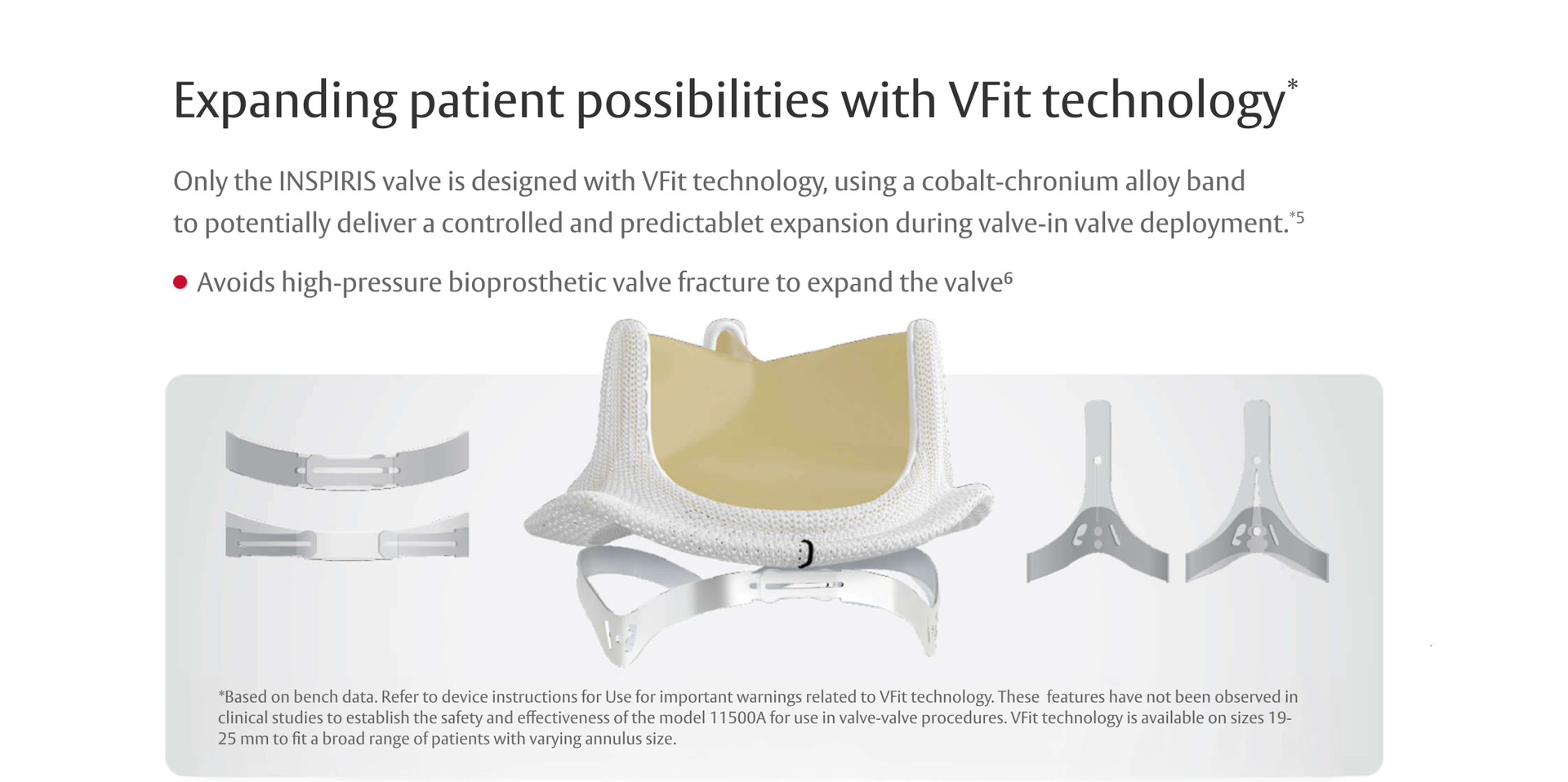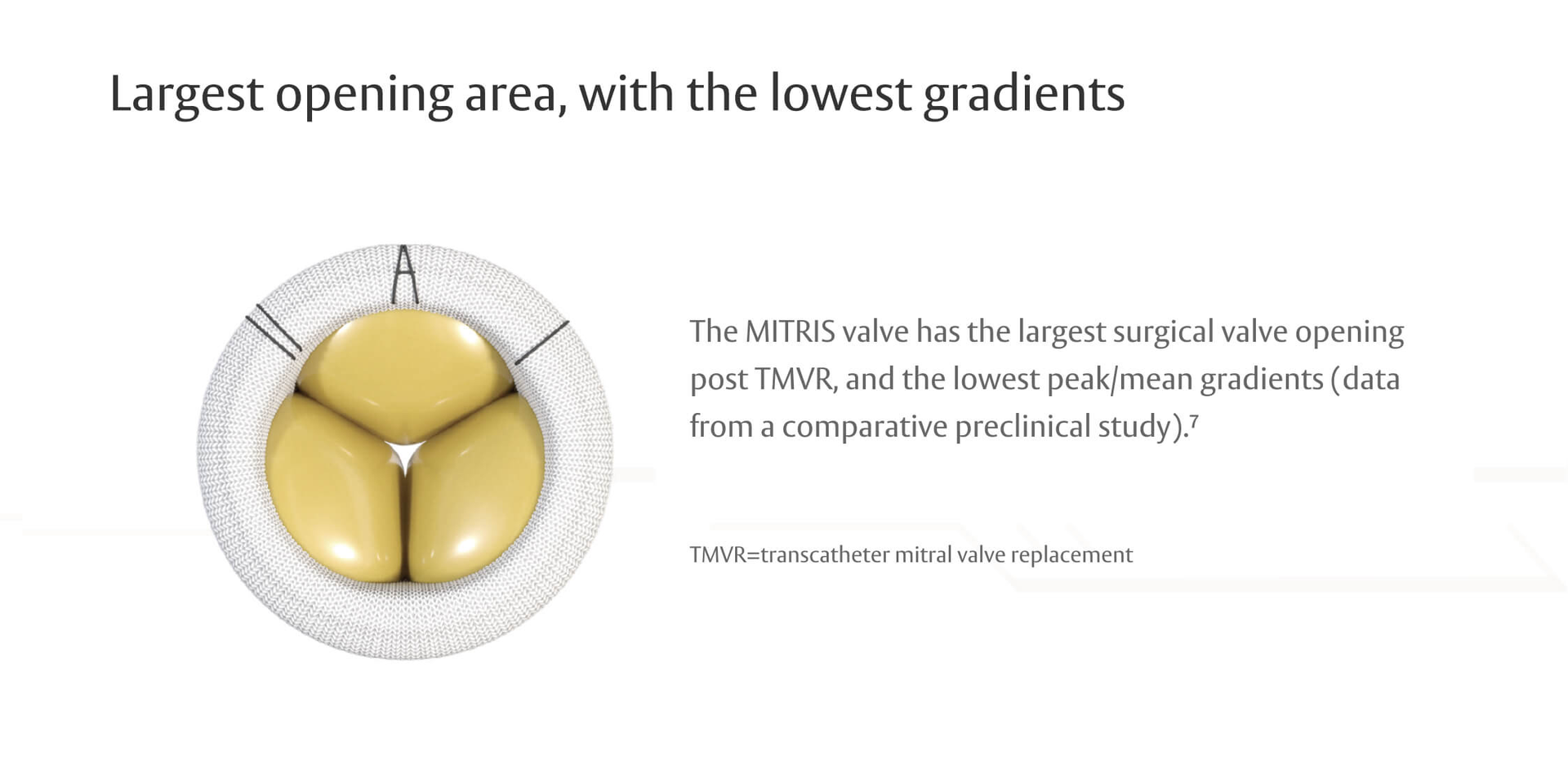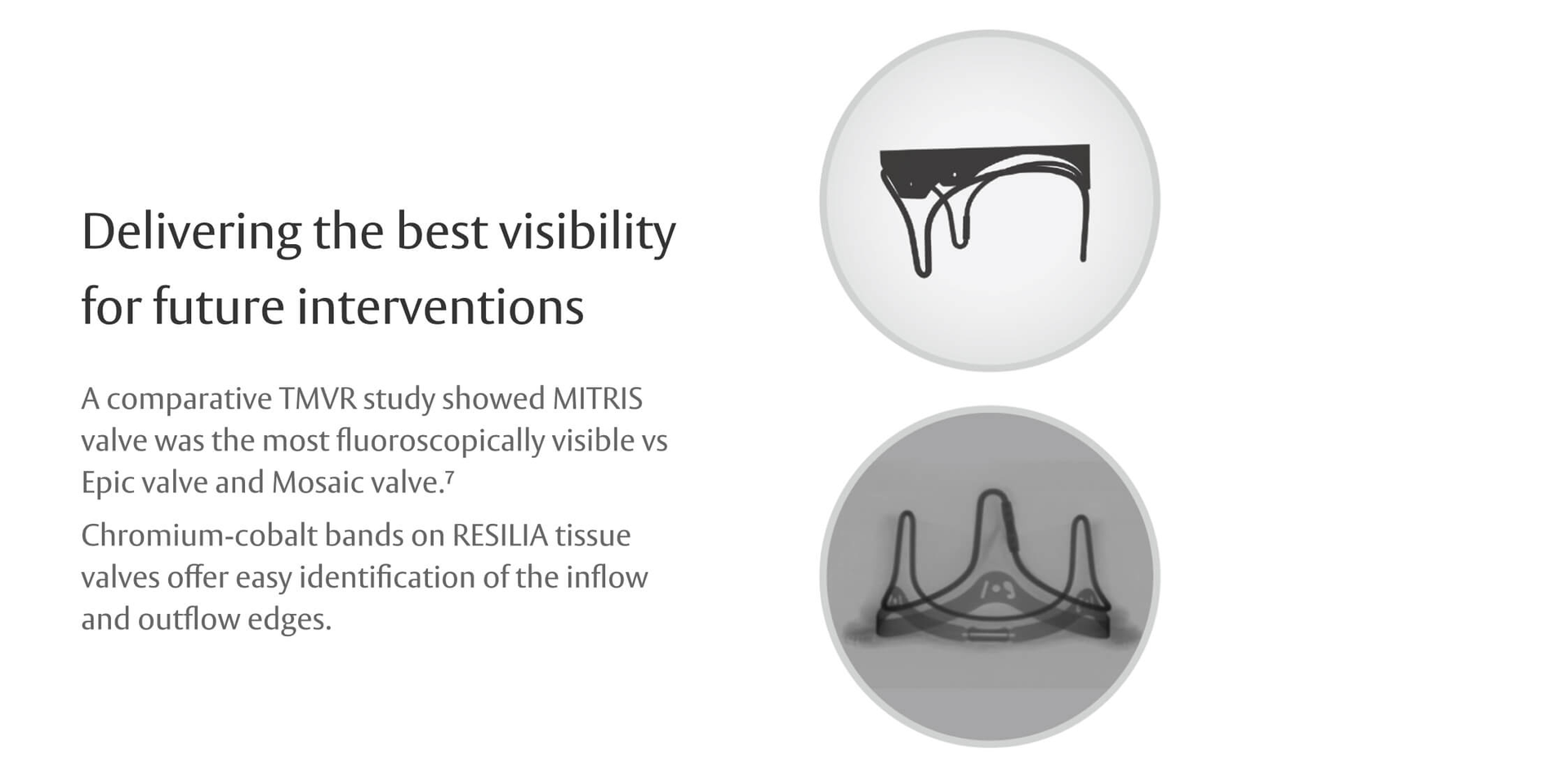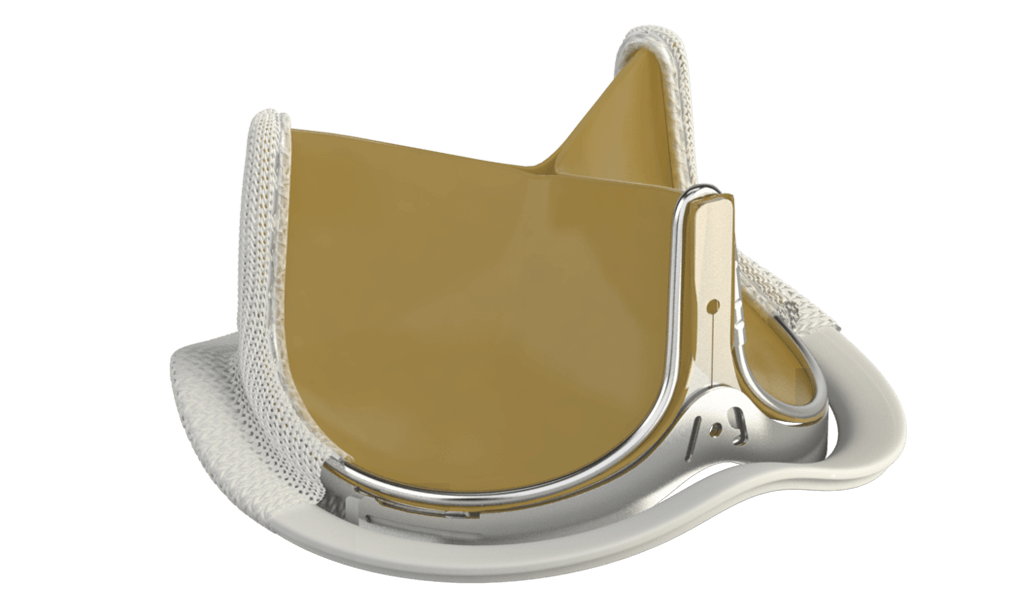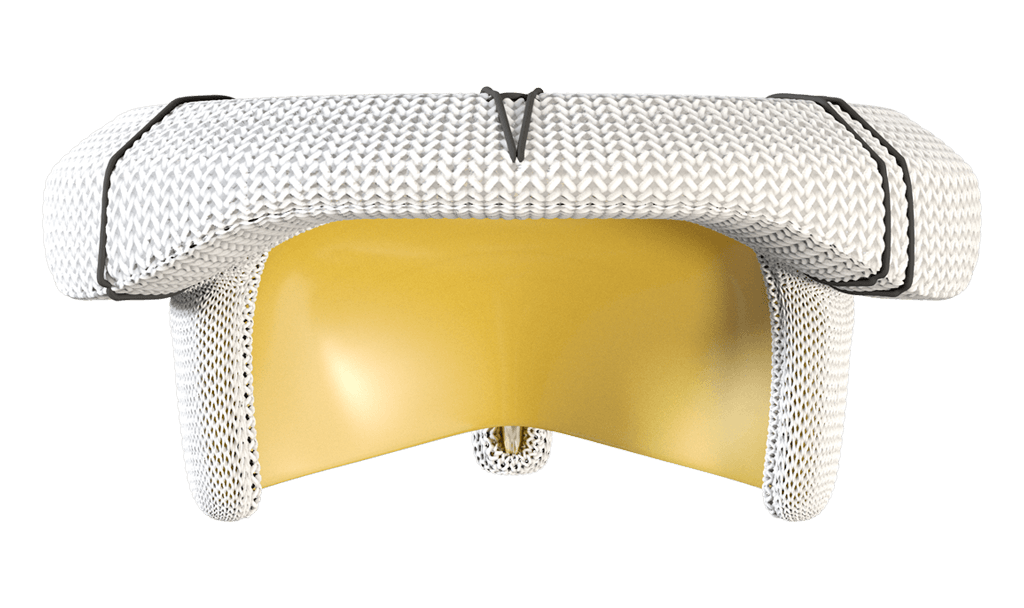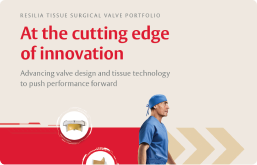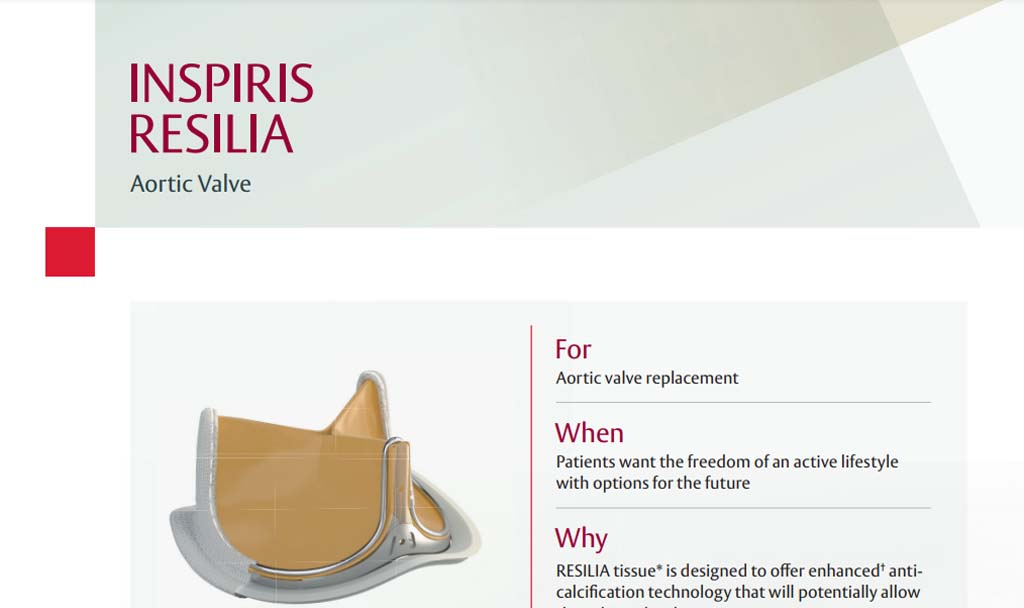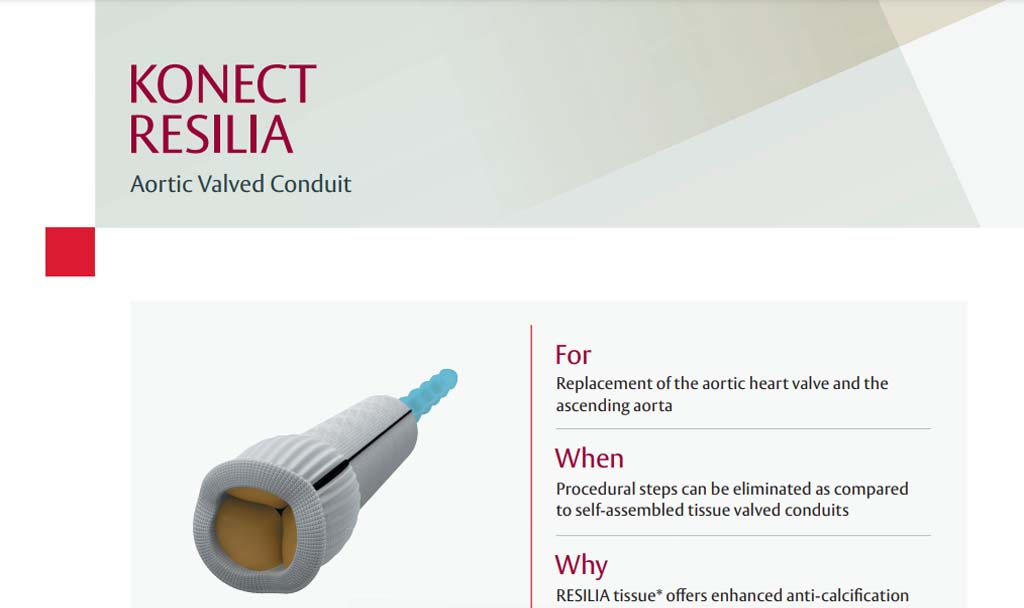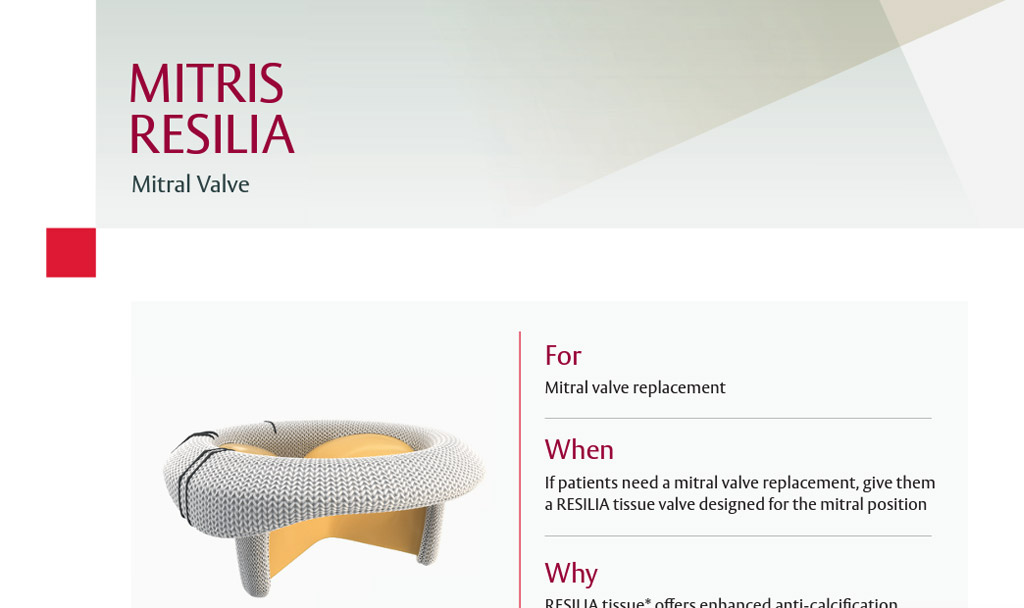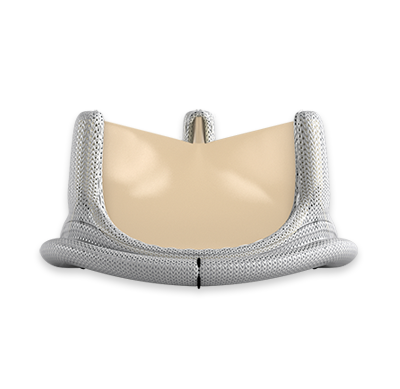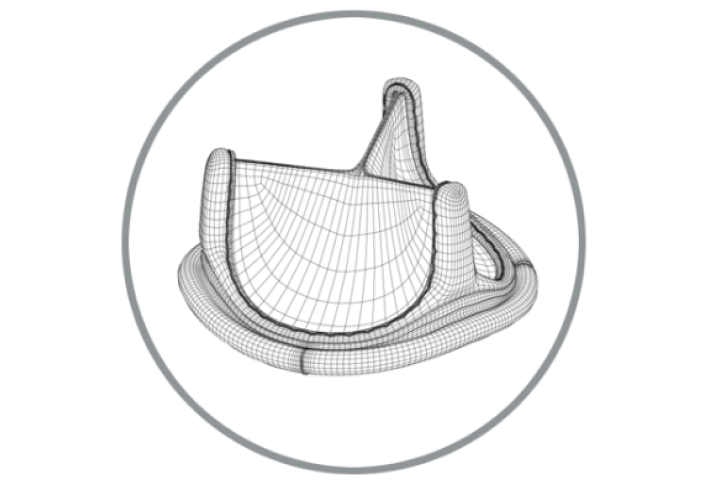
RESILIA tissue surgical valve portfolio
Discover the RESILIA tissue portfolio difference

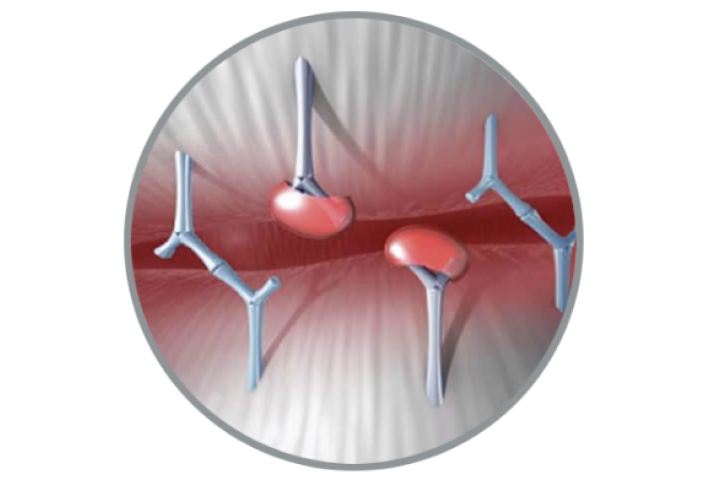
RESILIA Tissue Durability
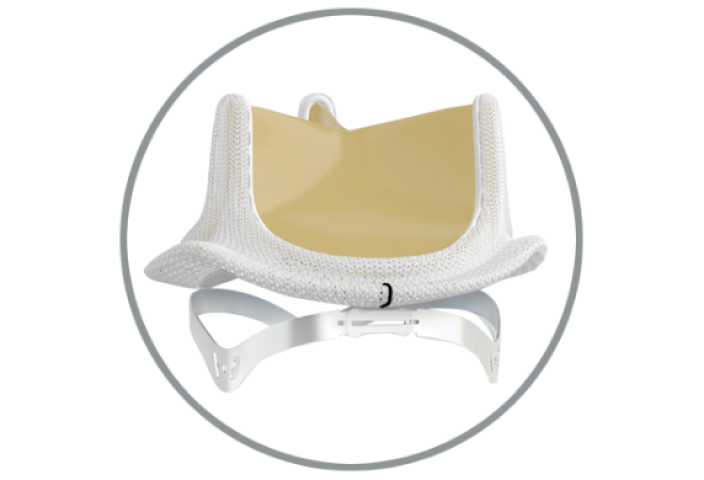
Future Focused
Innovation built on a proven platform
RESILIA tissue valves are built on the Carpentier-Edwards PERIMOUNT valve platform, whose performance is backed by 30 years of durability data, including the largest long-term study of a bioprosthetic valve.
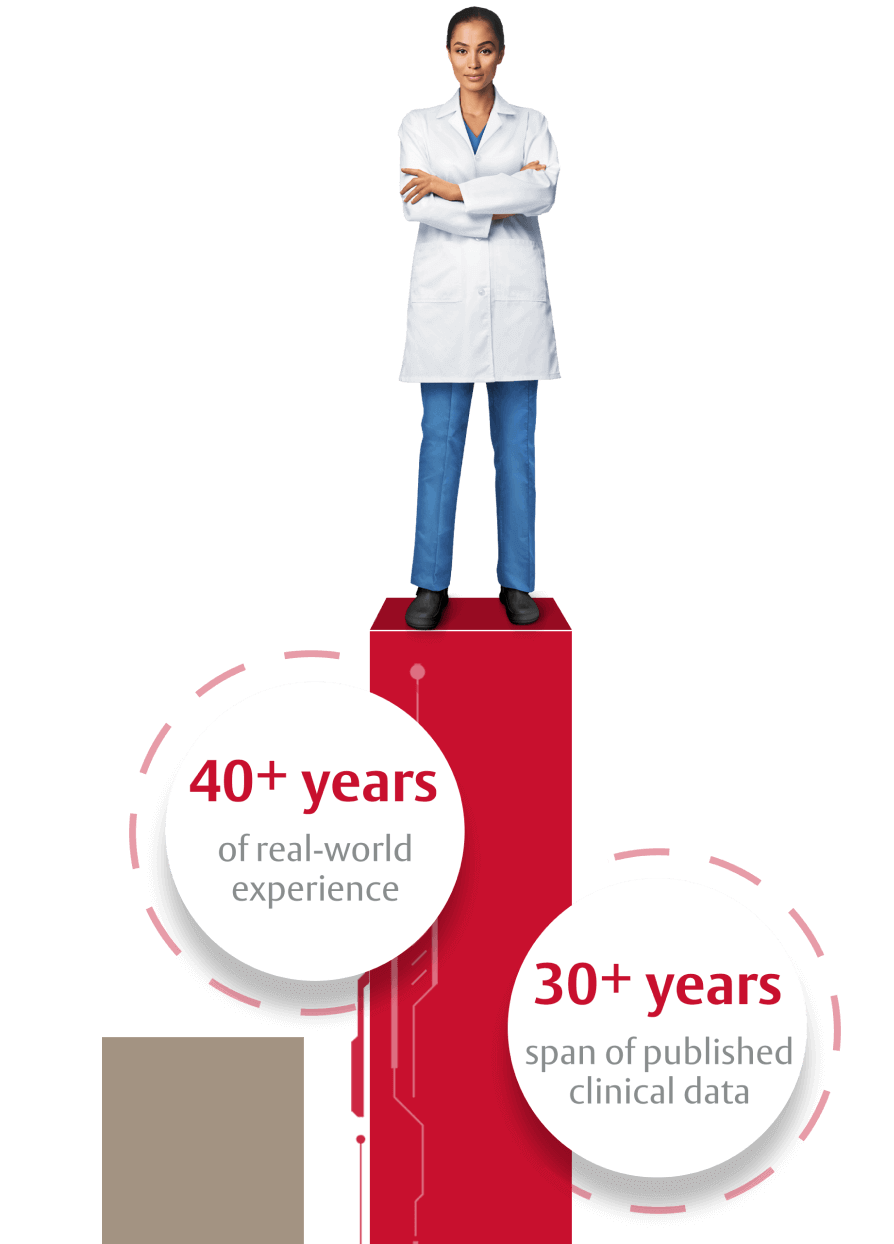

Innovation that transformed the tissue valve landscape
RESILIA tissue technology
RESILIA tissue* builds on the trusted ThermaFix‡ process and is treated with a novel preservation technology to resist calcification more effectively and allow for dry storage.1
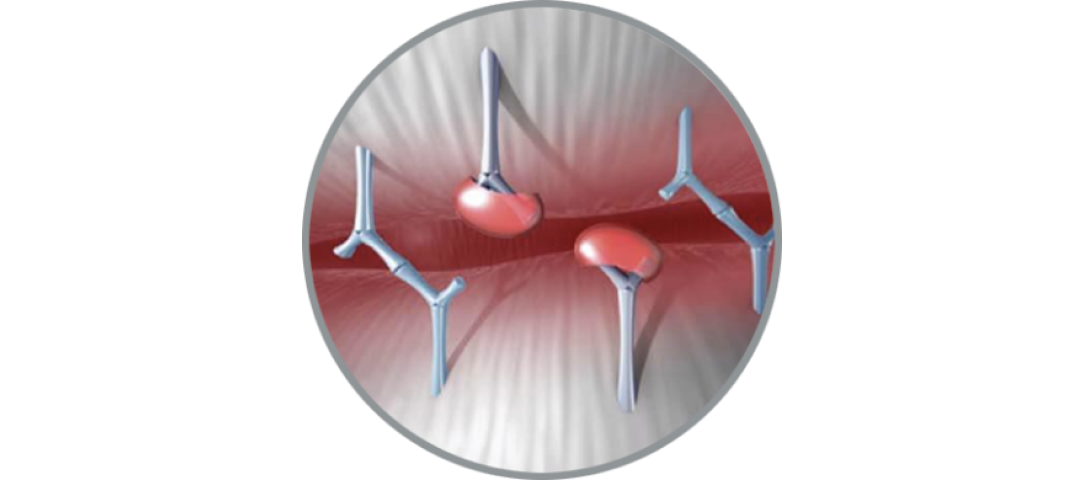
+ Calcium-blocking technology
Stable-capping permanently blocks free aldehydes to prevent calcium binding within the tissue
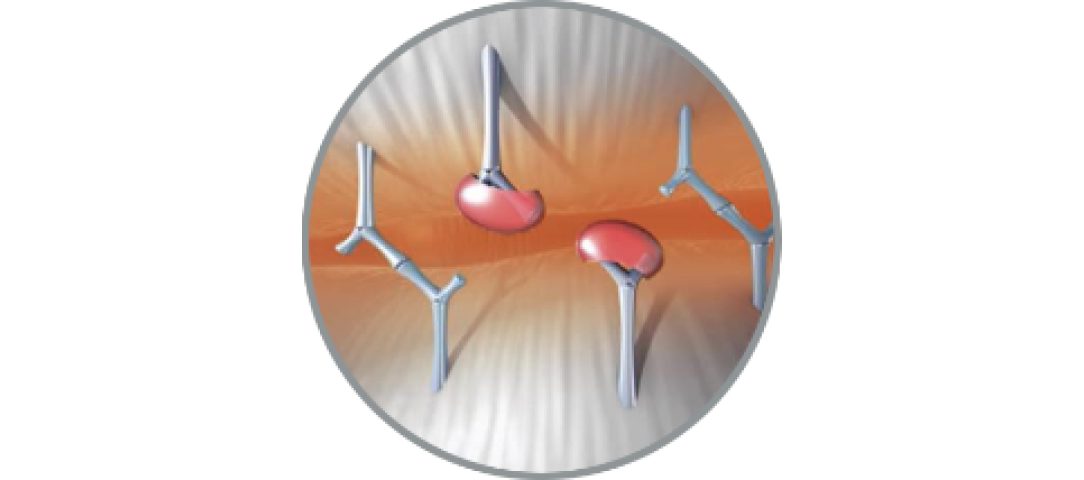
+ Glycerolization
Mitigates calcium-attracting glutaraldehyde residuals and enables dry tissue storage for increased ease of use
72% less calcium content after 8 months
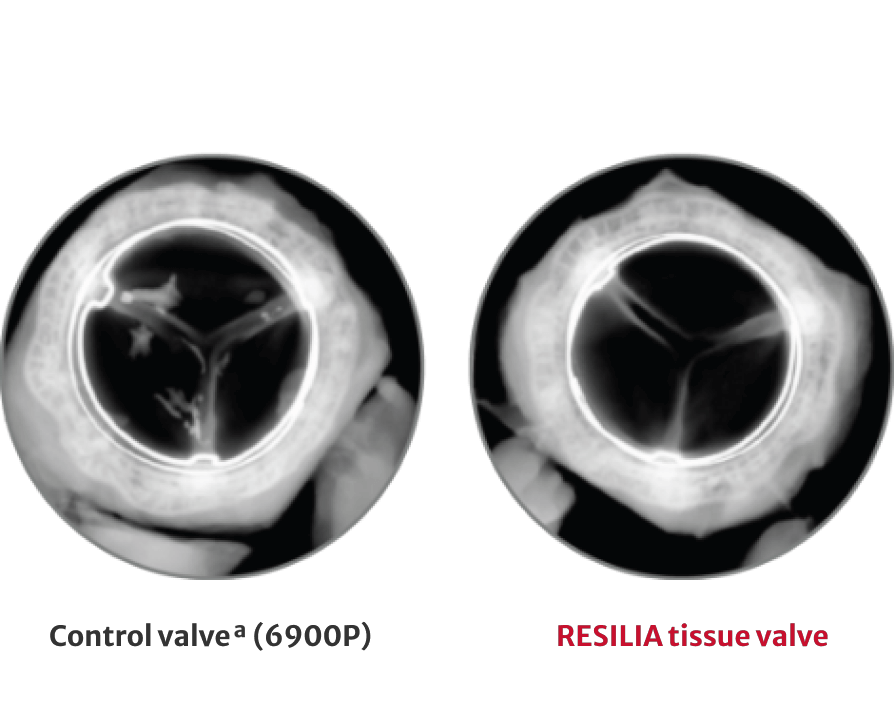
‡No clinical data are available which evaluate the long-term impact of the Carpentier-Edwards ThermaFix treatment in patients.
*Clinical data on surgical valves with RESILIA tissue up to 7-year follow-up have been published, with additional follow-up to 10-years in progress2
†RESILIA tissue tested against tissue from commercially available bovine pericardial valves from Edwards in a juvenile sheep model. Flameng, et al. J Thorac Cardiovasc Surg. 2015;149:340-345.
a. 6900P is an older valve model being discontinued and is not available for commercial use.

Taking performance and durability to new heights
The RESILIA tissue surgical valve portfolio is backed by a robust, growing base of clinical evidence attesting to its hemodynamic performance and durability. RESILIA tissue has been applied to INSPIRIS and MITRIS valves.


Clinically stable hemodynamics2,3


Durability data2,3


RESILIA tissue valves showed less SVD-related HVD vs conventional valves in a comparison of COMMENCE and PARTNER IIA trials4
Innovation that keeps future procedures in mind
Featured Products
Explore our current RESILIA tissue products
References
- Flameng W, Hermans H, Verbeken E, et al. A randomized assessment of an advanced tissue preservation technology in the juvenile sheep model. J Thorac Cardiovasc Surg. 2015;149(1):340-345.
- Beaver T, Bavaria J, Griffith B, et al. Seven-year outcomes following aortic valve replacement with a novel tissue bioprosthesis. J Thorac Cardiovasc Surg. 2023;x:1-11.
- Heimansohn DA, Baker C, Rodriguez E, et al. Mid-term outcomes of the COMMENCE trial investigating mitral valve replacement using a bioprosthesis with a novel tissue. JTCVS Open. 2023;15:151-163.
- Bartus K, Bavaria J, Thourani V, et al. Structural hemodynamic valve deterioration durability of RESILIA-tissue versus contemporary aortic bioprostheses. J Comp Eff Res. 2023;12(3):e220180.
- Saxon JT, Allen K, Cohen D, et al. Bioprosthetic valve fracture during valve-in-valve TAVR: bench to bedside. Interv Cardiol. 2018;13(1):20-26.
- Saxon JT, Allen K, Cohen D, et al. Complications of bioprosthetic valve fracture as an adjunct to valve-in-valve TAVR. Structural Heart. 2019;3(2):92-99.
- Wang DD, O’Neill B, Caranasos T, et al. Comparative differences of mitral valve-in-valve implantation: A new mitral bioprosthesis versus current mosaic and epic valves. Catheter Cardiovasc Interv. 2022;99(3):934-942.
Clinical data on surgical valves with RESILIA tissue up to 7-year follow-up have been published, with additional follow-up to 10-years in progress2.
*Refer to device instructions for important warnings related to VFit technology. These features have not been observed in clinical studies to establish the safety and effectiveness of the model 11500A for use in valve-in-valve procedures. VFit technology is available on sizes 19–25 mm.
Medical device for professional use
For a listing of indications, contraindications, precautions, warnings, and potential adverse events, please refer to the Instructions for Use (consult eifu.edwards.com where applicable).

